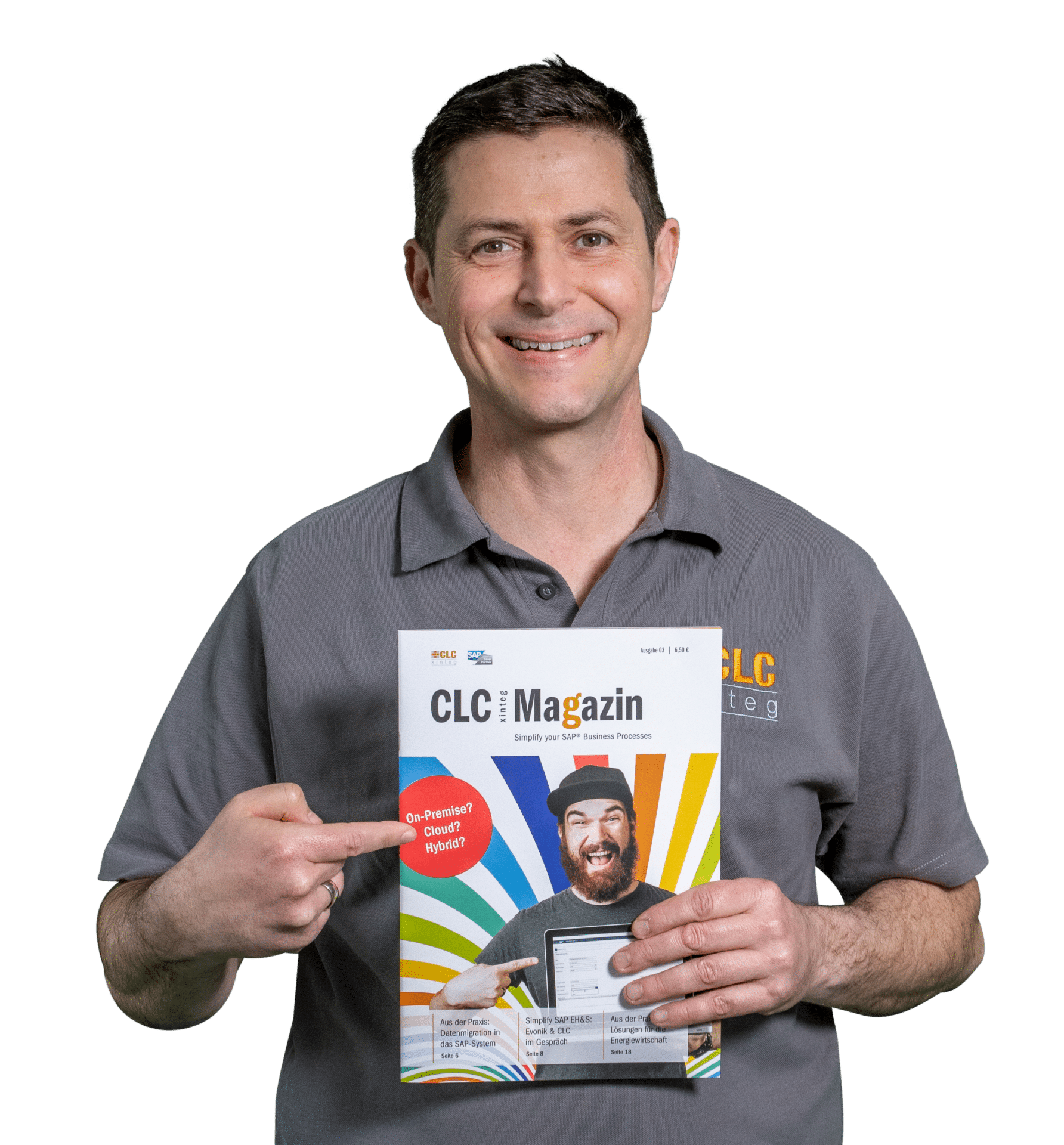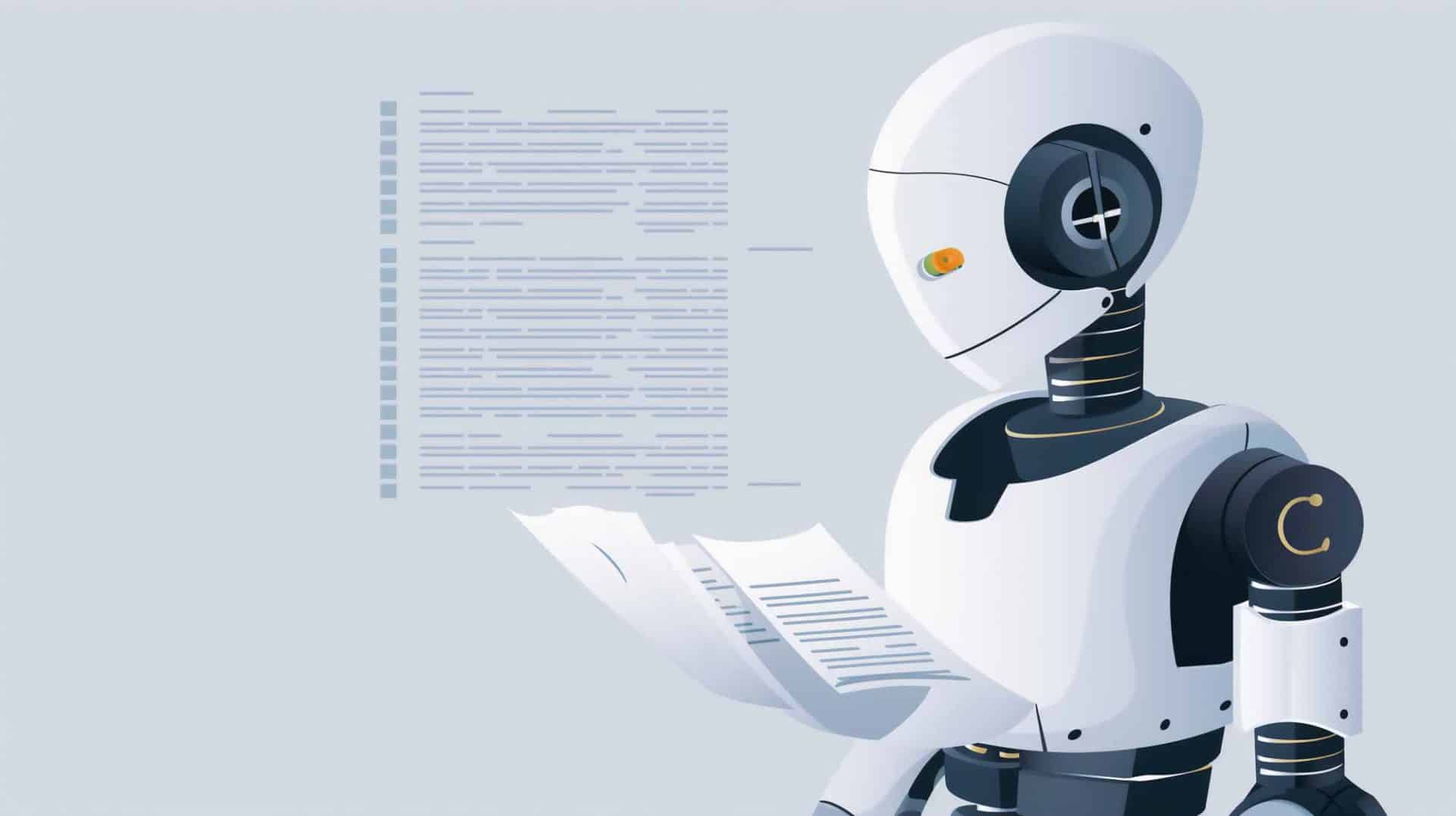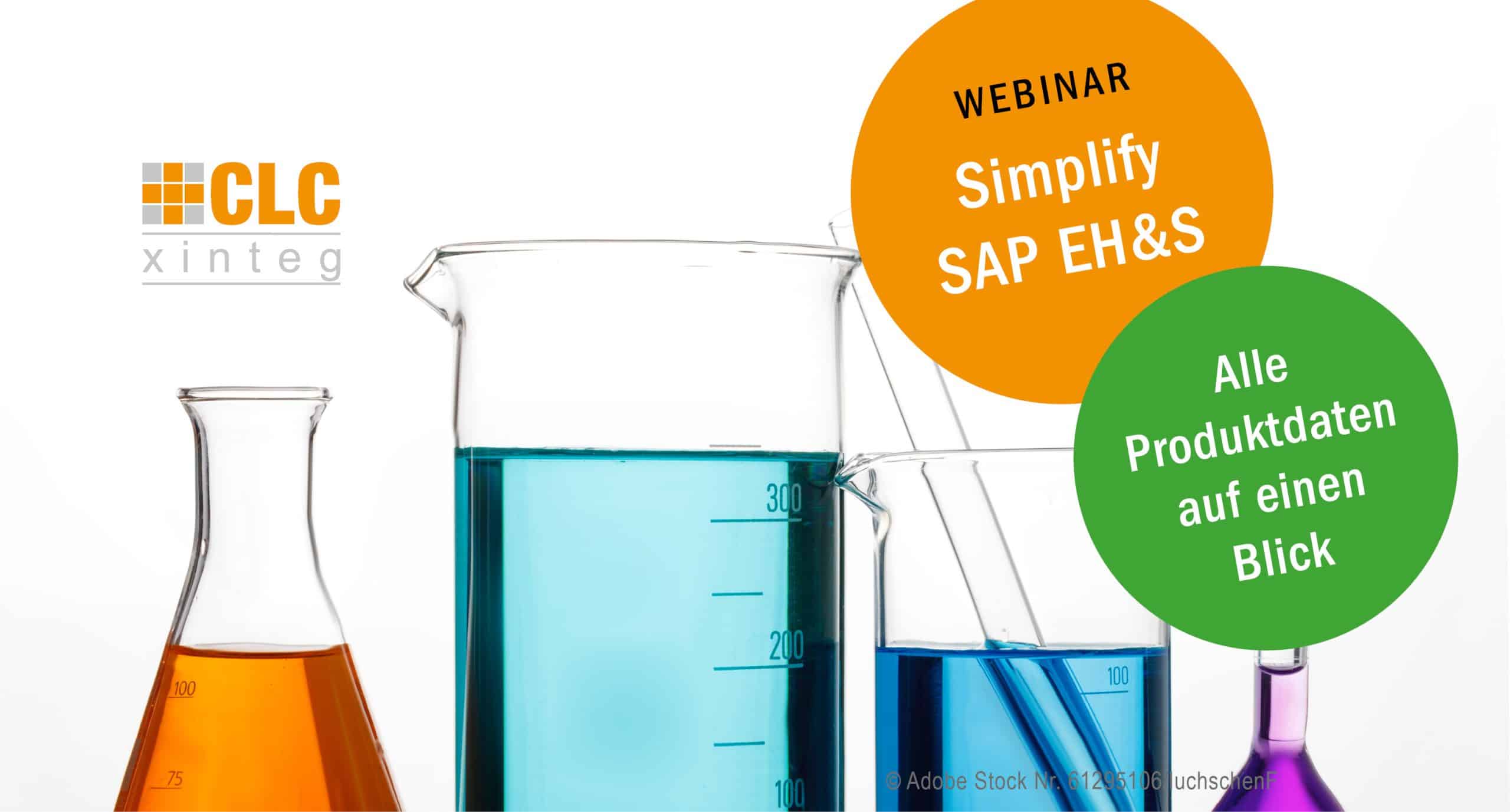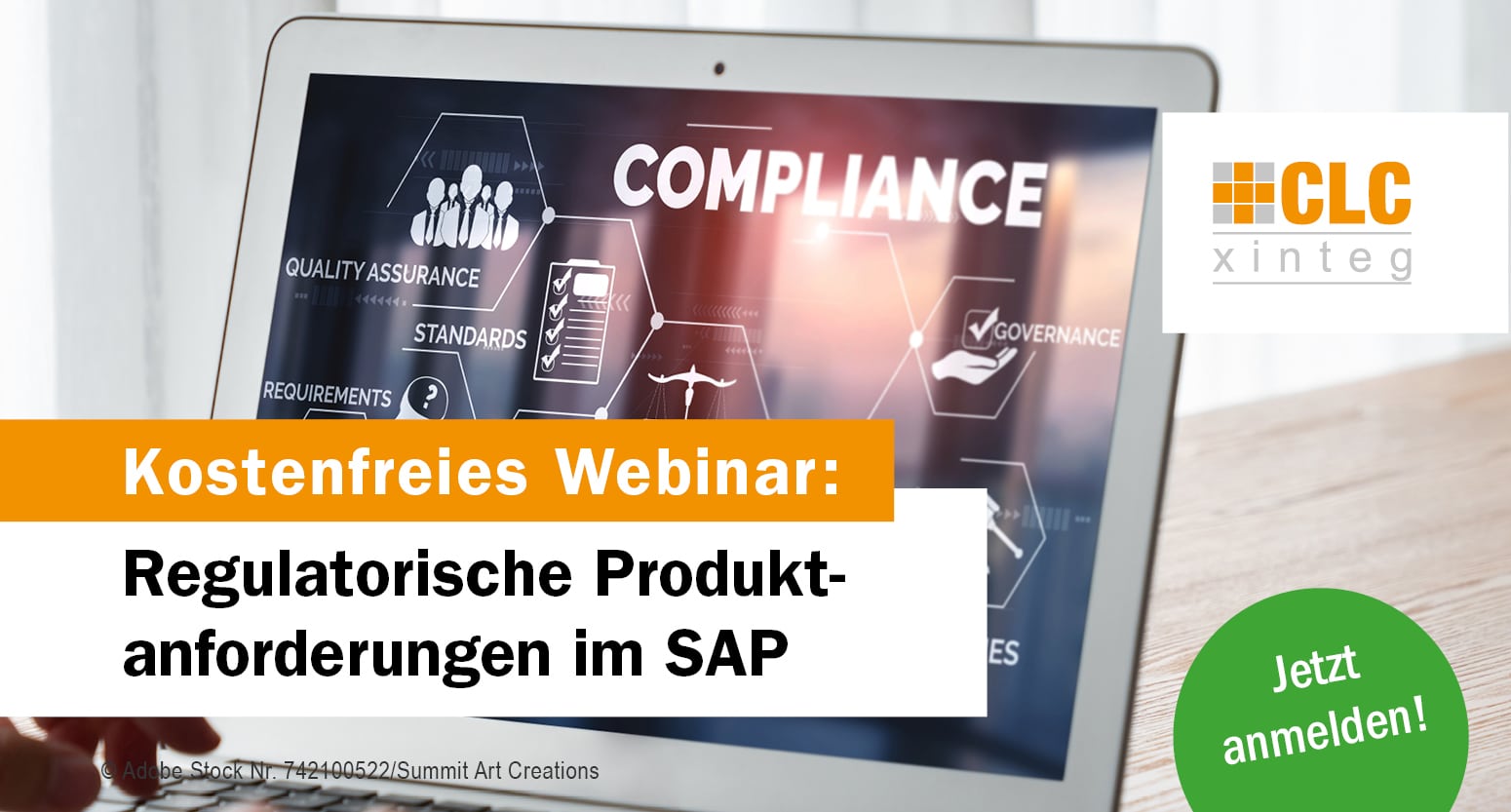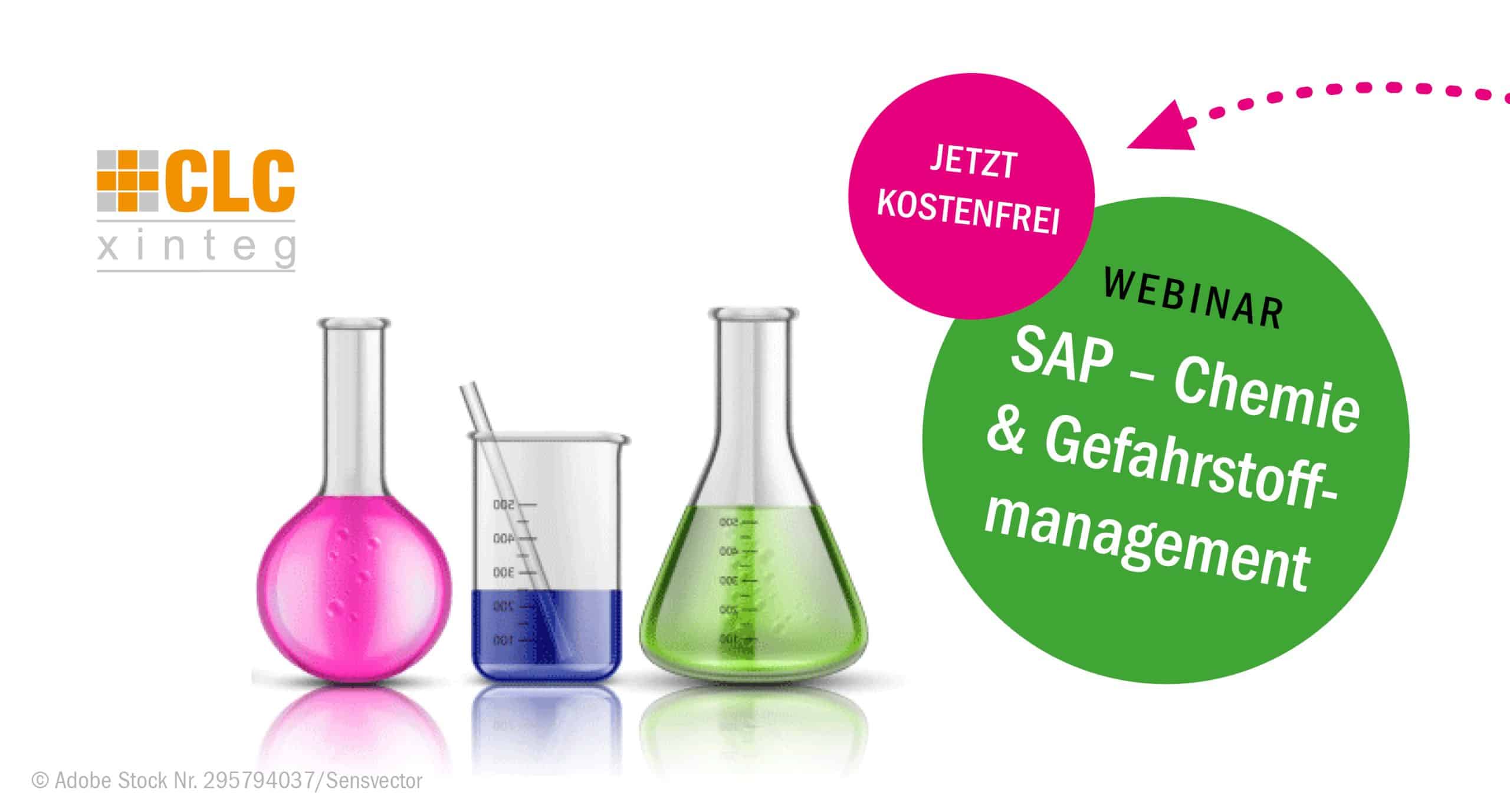Technology
CLC-PADD® & AI - intelligent processing of documents in the product file
How you can track your product compliance intelligently, efficiently & scalably across the entire supply chain.
Customers and market surveillance authorities around the world demand consistent information on the compliance of your products and raw materials with legal and other requirements. This requires, among other things, the time-consuming review and updating of your suppliers' certifications and declarations of conformity.
However, the manual processing of these documents and certificates is a major challenge in many companies. It costs you or your expert a lot of time, is prone to errors and harbors risks, especially when it comes to adhering to compliance requirements.
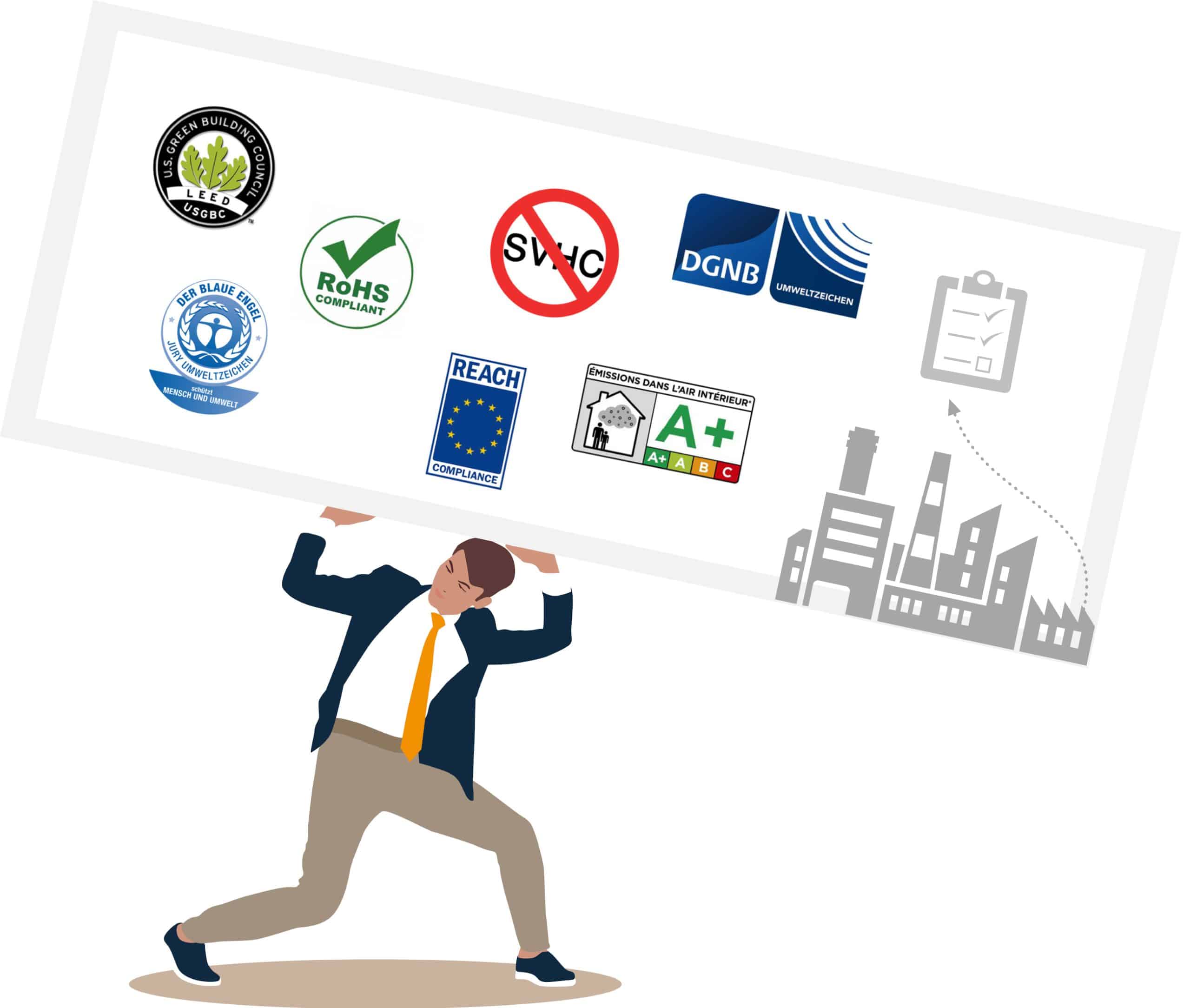
The CLC-PADD® product file+
With our CLC-PADD® product file+ we offer a Integrated view of all relevant data & documents for a product. The focus here is on product compliance, traceability of supplier information and efficient processes for monitoring product requirements.
In addition, software automation, a flexible business rule framework and the integration of AI-based services can greatly accelerate and simplify these processes.
In this blog post, we use a specific example to show you how you can use these modern technologies in your daily practice.
Automated processing and monitoring of supplier documents
The technical expert in our example needs a lot of time to view and check all incoming documents. In doing so, he considers the following questions:
What kind of document is this? What conformity commitments are made with this document?
Who is the document from? To which supplier in my ERP system can the document be assigned?
Which raw materials (and ultimately products) are affected?
Is all the information provided in the document complete and consistent?
How long is the document valid for?
Only when these questions can be adequately answered is it possible to store the document in the right place together with the key information. This process is to be automated. In addition, the software should monitor all validity periods and inform our experts in good time when certain documents need to be updated.
We are talking about (partial) automation, because practice shows that even the most modern technologies cannot completely replace our experts in this area, but they can enrich their everyday work and save a lot of time and nerves!
1. computer vision - recognize and read documents with optimized OCR mechanisms
In the practical evaluation of this scenario, it quickly becomes clear that the quality of the available documents is a decisive factor.
A practical solution must also be able to reliably recognize and trigger files that are scanned at an angle or in poor resolution. This is ensured through the use of an AI-supported OCR process.
2. machine learning - classify and extract documents in a structured way
Subsequently, with the help of Machine Learning (ML) algorithms classifies the scanned documents and extracts critical information. This answers the following questions:
What kind of document is this?
Where should it be filed in the product file?
Depending on the document type, further metadata is extracted, such as the validity period of the document or the supplier concerned. However, further information is also prepared in a structured manner, which plays a critical role in determining the consistency and completeness of the information.
With the help of business rules, which can be configured by our technical experts, a large proportion of the validity criteria are automatically checked and displayed transparently.
3. natural language processing - interpret & summarize documents professionally
The remaining part of the validity criteria must be checked individually by the technical expert. A trained language model (Large Language Model or LLM for short). The language model was developed with the help of Fine tuning-mechanisms specialize in these specific issues.
By using optimized prompts (questions), the language model provides concrete suggestions and points out relevant text passages. However, it also draws attention to questions where the language model is uncertain. The language model can be improved step by step through feedback from our subject matter expert.
All questions have now been answered and the document has been filed in the product file together with all the information compiled.
Our CLC-PADD® Alerting now offers a Automatic monitoring the validity of the documents, which ensures that expiring certificates are recognized and processed in good time.
Conclusion - CLC-PADD® & AI as the key to increasing efficiency
The use of CLC-PADD® and the integration of AI brings a noticeable process and quality improvement in validation. Our customers benefit from greater efficiency, fewer errors and improved quality in the processing of data and documents.
Your ideas - our drive!
Discover how the combination of CLC-PADD® & AI services can make your processes more efficient and create sustainable added value. Let's drive the AI transformation in your company together - we look forward to hearing your visions!
If you would like to find out more about our solution, please contact me!
Dirk Langendörfer
